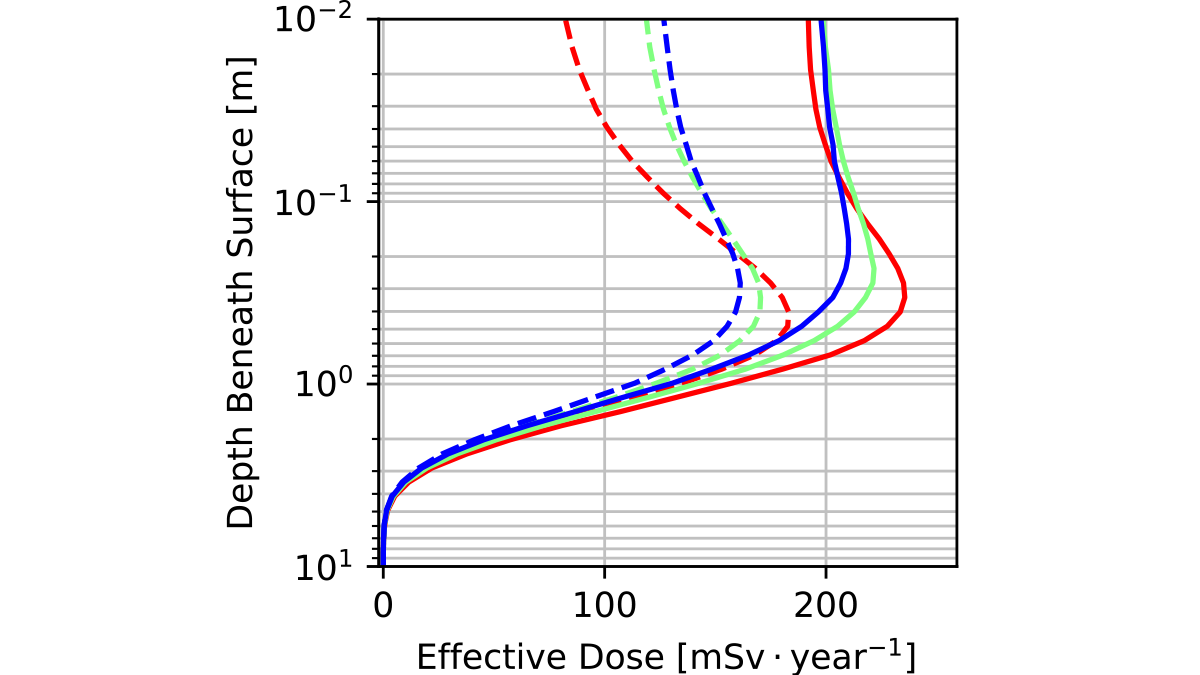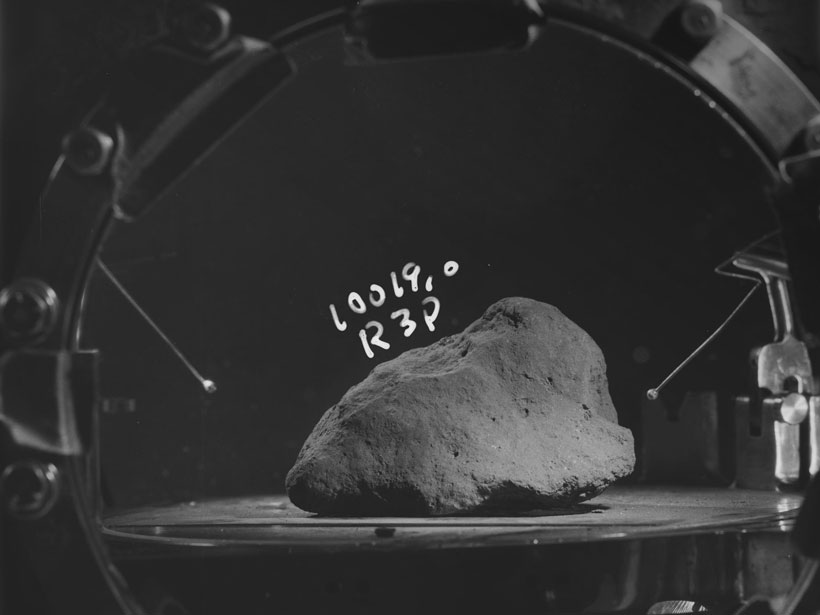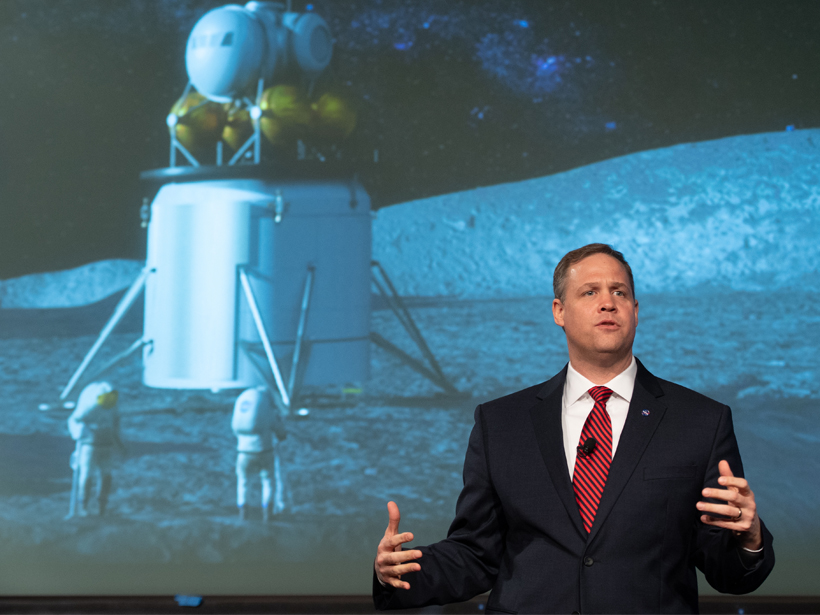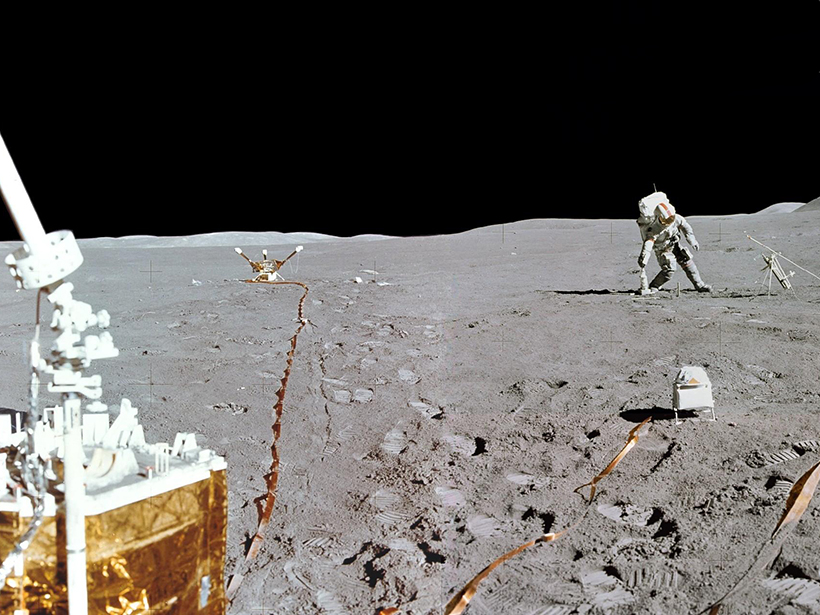New research suggests that to minimize radiation risk for human exploration of Mars, astronauts will need to dig deep for safety.
astronauts
Podcast: What’s It Like Pretending to Live on Mars?
We spoke with science writer Kate Greene about her experiences on a 4-month-long Mars analog mission.
Podcast: From Athlete to Astronaut
Leland Melvin proves that dedication and hard work can help anyone overcome the odds.
Forum Explores Apollo 11’s Legacy and What’s Next
Scientists focus on how the Apollo 11 mission has shaped our understanding of the Moon, Earth, and planetary neighborhood.
Places to Celebrate Apollo 11’s Fiftieth Anniversary
Apollo 11’s golden anniversary is this weekend, but the celebration lasts all year long.
Spacecraft 107’s Big Trip
This month we celebrate the spirit of adventure for AGU’s Centennial.
New Book Examines the Legacy of Apollo
As the 50th anniversary of the Apollo 11 lunar landing nears, a new book looks back on the race to the Moon.
NASA Wants to Get Back to the Moon, and Fast
The space agency has plans for a sustainable return to the Moon.
New Real-Time Model May Protect Astronauts from Space Radiation
Solar energetic particle events pose an acute risk to space travelers outside the protection of Earth’s magnetic field. A new initiative aims to quantify the danger.
The Case of the Missing Lunar Heat Flow Data Is Finally Solved
Decades-old data analyzed for the first time suggest that astronauts’ disturbance of the Moon surface increased solar heat intake, warming the ground below.










